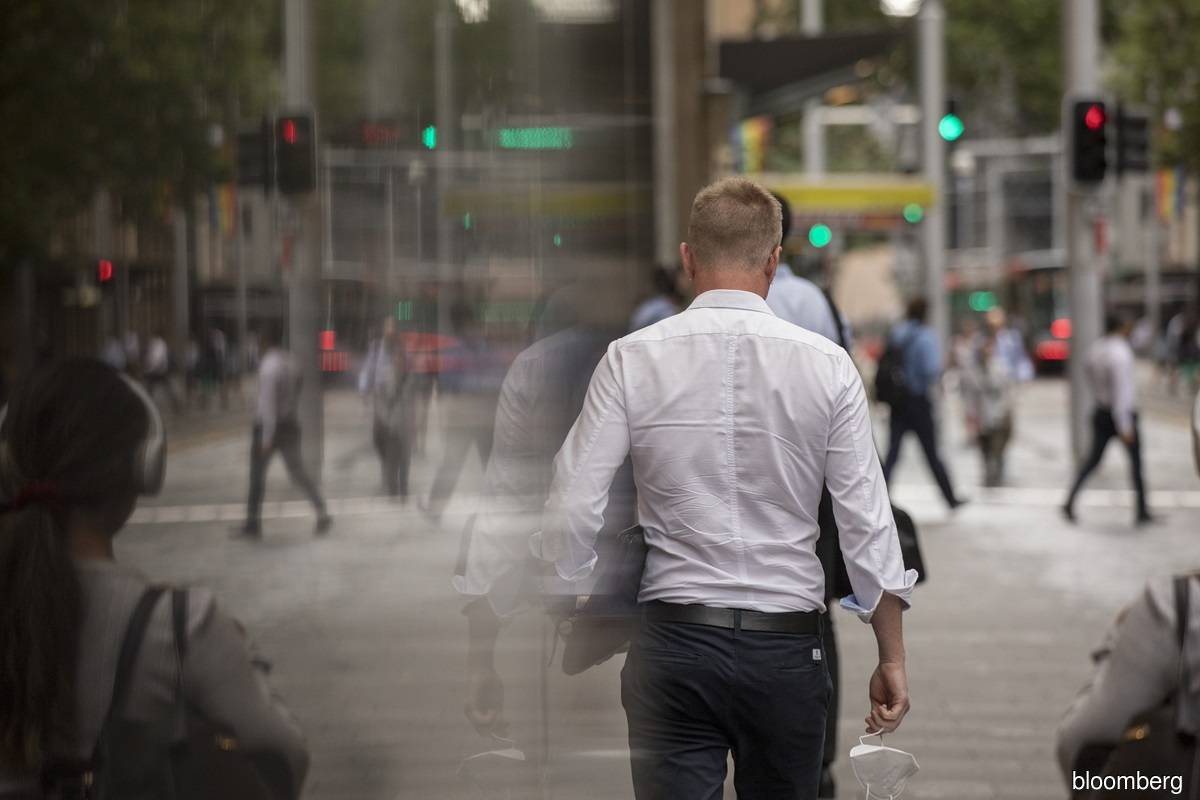Australian jobs surprisingly fall, giving RBA scope for patience

- by Admin
- April 18, 2024

(April 18): Australian employment unexpectedly fell in March and the jobless rate edged higher, unwinding some of the huge upside surprise of the prior month and reflecting restrictive settings of monetary policy.
The economy shed 6,600 roles, confounding expectations for a 10,000 gain and following an increase of over 100,000 in February, government data showed Thursday. Unemployment ticked up to 3.8% from 3.7% in February.
The data “suggests a healthy and still tight labour market,” said Su-Lin Ong, chief economist at the Royal Bank of Canada. “Despite sub-trend economic growth, a consumer recession, and subdued confidence, the labour market remains reasonably resilient.”
Ong said the result adds to the risk the Reserve Bank will have a late and shallow interest rate easing campaign. The consensus among economists, at the moment, is for the rate cutting cycle to begin in the final quarter of the year. Money markets show a near 50-50 chance of a reduction in November.
While the jobless rate edged higher in March, a level below 4% still indicates the market is close to full capacity. The employment-to-population ratio and participation rate are both near record highs.
The currency extended an intra-day gain after the release to trade at 64.48 US cents. while the yield on the policy-sensitive three-year government bond eased a tad to 3.90%.
“Australia’s labour market is holding up better than we expected. For the RBA, the data will add to the sense of patience on rates,” said Bloomberg economist James McIntyre.
Australia’s labour market report is a volatile series and both economists and policymakers tend to look through month-to-month fluctuations. As a result, Thursday’s data was widely anticipated following holiday season-affected readings since December. The statistics bureau noted that employment flows have now returned “to a more usual pattern” after recent instability.
The jobs figures, together with quarterly inflation data due next week, will help shape debate at the RBA’s May 6-7 policy meeting after it held its key rate at a 12-year high of 4.35% last month.
The RBA is in a data-dependent mode as it awaits further signals on the economy’s trajectory. While the job market remains tight, Thursday’s data showed annual growth slowed to 2.4% in March from 4% a year earlier.
That slowdown is in line with the RBA’s expectations, having forecast the jobless rate to rise to 4.4% by mid-2025. The central bank publishes its quarterly update of forecasts in May.
The next key release is first-quarter CPI on Wednesday, with economists anticipating a weaker reading than the 4.1% for the final three months of 2023. The RBA’s latest estimates show inflation only returning to its 2-3% target in late 2025, reflecting expectations that the last stretch of bringing down prices will be the toughest.
Thursday’s labour data also showed:
- Underemployment edged down to 6.5% and underutilisation held at 10.3%.
- The economy added 27,900 full-time roles and lost 34,500 part-time jobs.
- The participation rate slid to 66.6%.
- The employment to population ratio fell to 64%.
The Latest News
-
November 22, 2024‘Taking a bullet for your country’: Indian rookie’s defiance as Starc shoots down Perth claim
-
November 22, 2024Blink and you’ll miss it: After 17 wickets already, the Perth Test will only speed up from here
-
November 22, 2024India bowlers sow trouble Down Under: What is Australia’s lowest team score in Tests at home? | Sporting News India
-
November 22, 2024Second Australian dies from tainted alcohol in Laos, sixth death reported
-
November 22, 2024‘Boom Boom’ Bumrah puts Australia’s batters on the canvas




